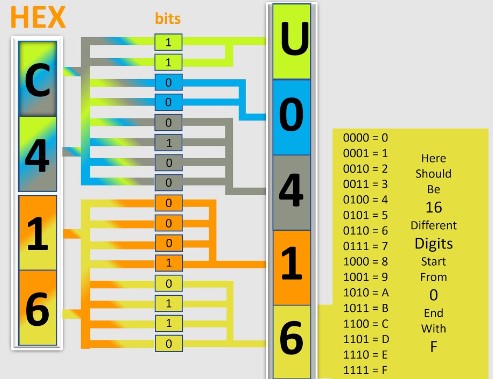Have you ever experienced the dreaded U0416 68 on Honda? It’s one of the most common error codes reported by Honda owners and usually indicates a brake actuator malfunction. Diagnosing and repairing this can be quite a hassle, as it requires special tools, knowledge, and experience. In this article, we’ll discuss what the code means, how it affects your vehicle’s performance, and how you can fix it. By the end of this article, you should have all the information you need to get your Honda back in working order!
What is the Code U0416 68 on Honda?

If the code U0416 68 shows up on your Honda, it means there is a problem with the VSA brake actuator. This part is responsible for controlling the pressure in the braking system, so if it isn’t working correctly, it can cause problems with braking. If you’re experiencing any braking issues, or if the code U0416 68 shows up on your Honda’s display, take it to a qualified mechanic to check it out.
VSA Brake Actuator Malfunction

If the VSA light comes on and you get the code U0416 68, it means there is a problem with the brake actuator. This part of the VSA system controls the pressure going to the brakes. If it fails, it can cause the brakes to lock up or not work at all.
The most common cause of this code is a lousy brake actuator. It could be due to a manufacturing defect or wear and tear. Either way, it needs to be replaced.
You might be able to get by just replacing the brake actuator, but it’s best to replace the entire VSA system. That way, you know everything is working correctly and won’t have any more problems.
How to Fix the Code U0416 68 on Honda

If you are getting the code U0416 68 on your Honda, it means that there is a malfunction with the VSA brake actuator. This can be a severe problem, as it can cause the brakes to fail. Here is how to fix the code U0416 68 on your Honda:
- Check the electrical connection to the VSA brake actuator. Make sure that it is secure and that there is no corrosion.
- If the electrical connection is good, then check the brake fluid level. If it is low, add more fluid until it reaches the proper level.
- If the fluid level is good, then bleed the brakes. This will remove any air from the system and should fix the problem.
- If bleeding the brakes does not fix the problem, you may need to replace the VSA brake actuator.
Code U0416 68 indicates a VSA Brake Actuator Malfunction in Honda vehicles. Diagnosing and repairing this issue right away is essential, as it can result in other vehicle issues if not addressed. Proper diagnosis must be done by the dealer or certified mechanic to ensure that all safety requirements are fulfilled. Be sure to have your Honda serviced regularly and pay attention to any warning signs or codes that may appear on its dashboard. Taking these steps will help keep your car running smoothly for many years!
FAQs About U0416 68 Honda
What is the code U0416 68 on a Honda Civic?
This code is associated with the Vehicle Stability Assist (VSA) brake actuator malfunction in a Honda Civic. It indicates an issue with the vehicle’s braking system, which must be addressed immediately for safety reasons.
What is error code U0416 F8 on Honda GAC?
Honda Fit is displaying U0416(F8) error code on OBD2 scanning. It appears to be related to the ABS/VSC unit or its attached wiring (the twisted pair bus). Additionally, this code triggers the engine check lamp. Therefore, it would benefit anyone who could provide insight on this issue.
Why does the VSA light come on?
The VSA light on the Honda’s console may temporarily appear blinking, but this does not indicate any fault or warning. The flashing of the light signifies that the Vehicle Stability Assist system has been activated and is helping to improve steering control to ensure a more secure driving experience.
How does VSA work?
Vehicle Stability Assist (VSA) employs a range of sensors to monitor driving conditions and intervene to help reduce the risk of skidding, plowing, or other loss-of-traction occurrences. In such cases, VSA can decrease engine power and apply braking forces to particular wheels to restore the driver’s intended direction.
